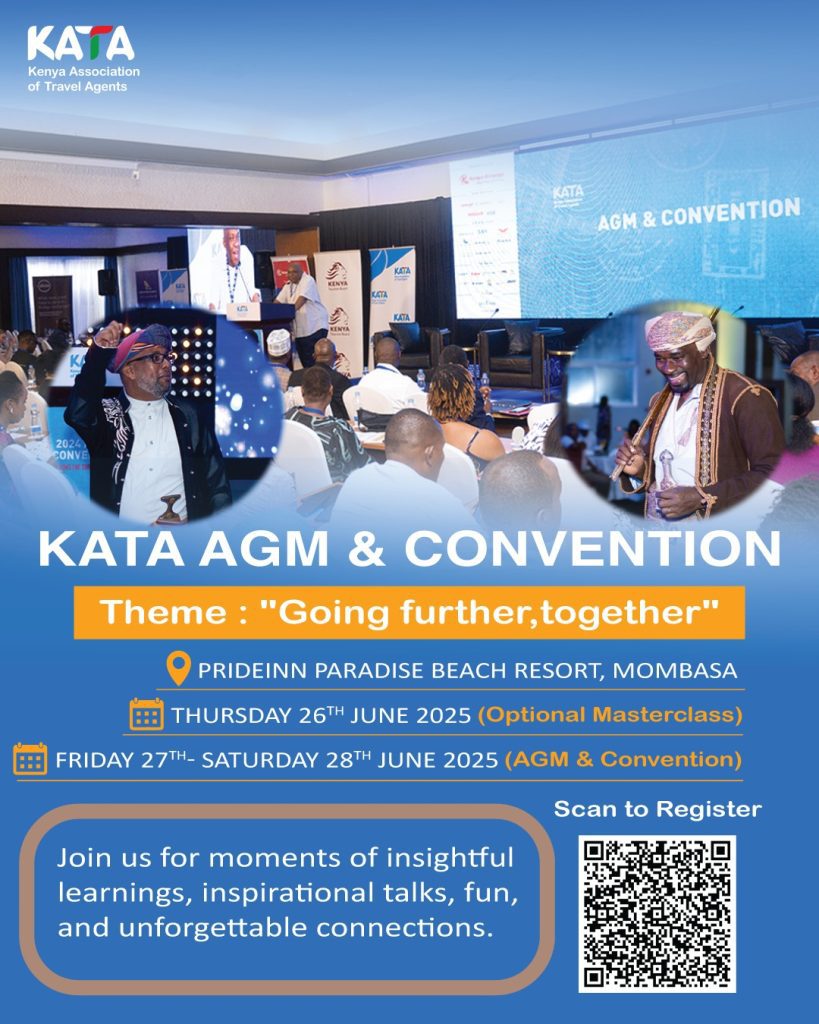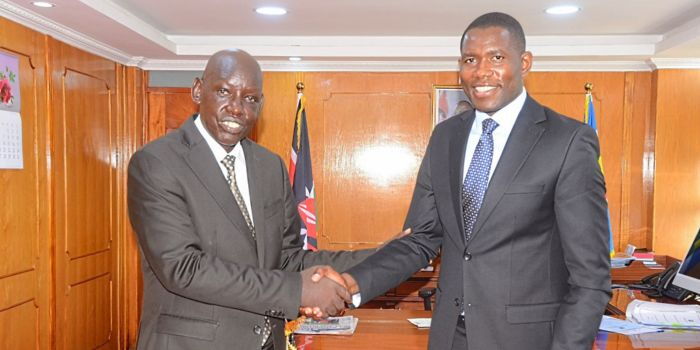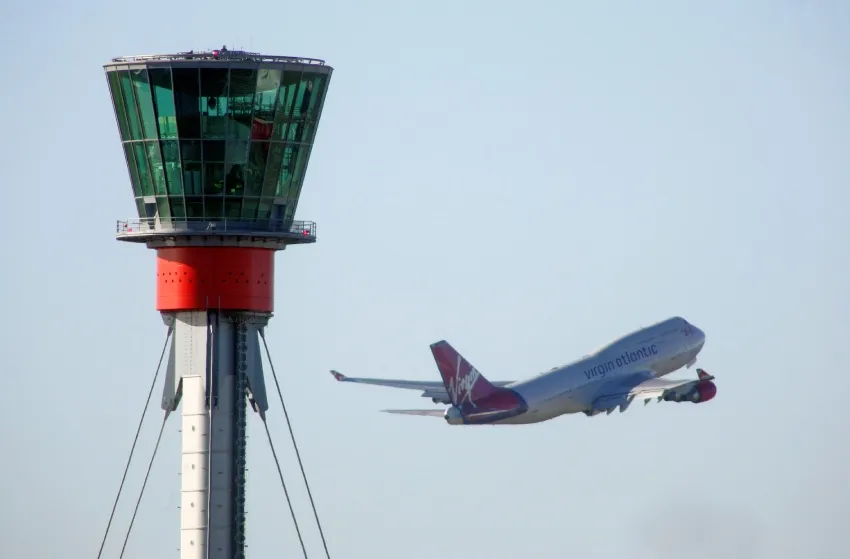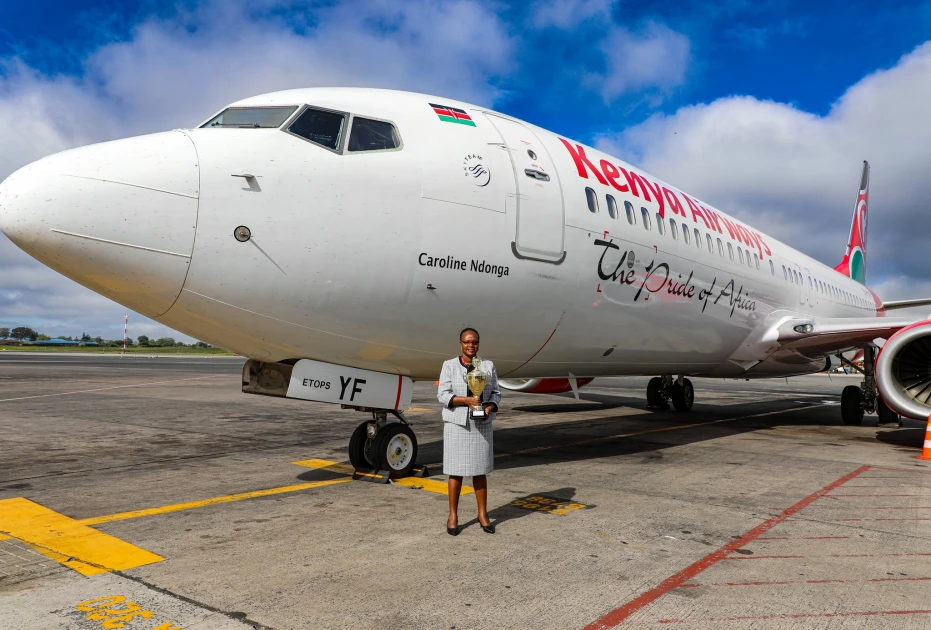Last year experienced a rebound in private equity deals in the travel sector, in line with surging travel demand. This was driven mainly by an ongoing recovery of destinations in the Pacific and Asia, as well as a strong performance from large source markets.
In the second quarter of 2024, fourteen private equity deals worth a combined $822.9 million (€724.4m) took place in the European tourism and leisure sector, according to the GlobalData’s Deals Database.
Key European private equity deals in the travel sector in 2024 include Ares Management Corporation and its operating partner EQ Group buying UK commercial property development group Landsec’s entire hotel portfolio, in a deal worth about £400m (€466.7m).
But why are private equity companies investing more in the global travel and tourism sector at the moment?
Post-COVID rebound
During the pandemic, while travel demand lagged, undervalued assets were snapped up by several PE companies, who planned on investing further in them later on.
“PE activity in the travel sector has seen a significant increase, accounting for around 40% of UK travel M&A in 2024, with particularly strong interest in tech-enabled and experiential travel companies,” Andrew Keller, director at Stax Consulting, said.
He continued: “This surge is being driven by the post-Covid rebound in travel demand, combined with ample available capital (“dry powder”), which is drawing firms back into hospitality, tours, and travel agencies. Many PE firms are pursuing buy-and-build strategies, acquiring a core business and then adding bolt-on acquisitions to scale quickly.”
Graham Miller, director of the Nova School of Business & Economics’ Institute of Tourism and Hospitality, said: “The hotel and resorts sector in particular has seen large investment from private equity. Restaurant groups have been acquired and also tour operators have taken on PE investment.”
Dr. René-Ojas Woltering, assistant professor of Real Estate Finance at EHL Hospitality Business School, explained that this recent rebound in PE interest in the travel sector could also be due to better demographic trends and supply factors.
“Several factors drive this optimism. First, favourable demographic trends, notably affluent baby boomers approaching retirement, indicate potentially higher future demand. Simultaneously, supply is highly constrained in top locations due to high costs (land, regulations, inflation), making it expensive to build new hotels, thus favouring acquisition of existing assets,” he said.
He added: “My own research confirms that private equity firms frequently capitalize on market dislocations, such as during the COVID-19 crisis, by actively increasing acquisitions when assets become available at attractive prices.”
Shift in spending towards luxury
The shift in spending towards luxury and wellness experiences, which includes travel, rather than high-end goods, has also created more private equity opportunities in travel. This often includes upgrading hotel facilities and other travel infrastructure to cater to current travellers.
The emergence of relatively more niche destinations, especially across regions like Central Asia and the Nordics, amongst others, also means that new hotels need to be constructed, or existing ones remodeled and renovated, in several cases, to accommodate the higher tourist flow.
Intrepid Travel, which carries more than 4,000 consumers in Iceland, notes this growing trend across the rest of Scandinavia as well.
“Denmark, Sweden, Norway, Finland, we’ll look to try and be similar numbers in each of those countries. We know there’s real big demand for our style of travel here,” James Thornton, CEO of Intrepid Travel, said.
PE companies have been increasingly involved in both new hotel constructions and renovations, as well as in engineering technology, maintenance and operations companies in the travel and hospitality sector.
Although the slowing global economy, as well as higher inflation and interest rates continue to remain concerns, consumers are finding ways to keep travelling, opting for more budget trips and shorter itineraries, among others. This could point to the resilience of the travel sector, while potentially contributing to PE interest in the industry.
“We’re seeing growth in the higher-end premium space because it’s often where luxury travelers are choosing to go on more cost-effective solutions. And equally, we’re seeing our more entry-level type travel experiences grow very strongly as well because they’re very affordable ways for people to get out and see things,” Thornton said.
How do PE companies change their acquisitions?
Private equity companies typically make a number of changes to the companies they invest in or acquire. This is in order to make them more profitable as an income-generating asset for a certain period of time after which they often sell these businesses at a higher price.
These changes can be anything from light remodelling or renovation, to a complete overhaul or restructuring.
Keller said: “PE firms are driving transformation in the travel sector through a combination of operational and strategic initiatives. On the operational side, they are streamlining systems, implementing modern technologies such as dynamic pricing tools and updated booking platforms, and bringing in new leadership to enhance execution.”
He further highlighted that there was a strong focus on targeting high-margin segments such as experiential, luxury and group travel, while also selling or divesting underperforming divisions and assets.
“Additionally, many firms are pursuing buy-and-build growth strategies—acquiring smaller operators or agencies and integrating them under a unified brand to expand market share and operational efficiency,” Keller added.
In several cases, PE firms could have a specific objective in mind while taking over a travel company.
Miller pointed out: “The investment that Intrepid Travel received from Genairgy, which is linked to the Decathlon company, was done with the aim to help Intrepid grow as an impact-led company promoting responsible travel.”
Woltering explained: “Hotels benefit considerably from this process, as private equity provides both capital and operational expertise, resources often unavailable to smaller, independent, or family-run hotel businesses.”
Private equity companies may also choose to refinance and restructure debt to improve cash flow for the travel companies they take over. They may also expand distribution channels by integrating travel technology and bring in new artificial intelligence tools such as agentic AI.
Many PE companies choose to standardise services across multiple properties for maximum cost efficiency too.
What are the challenges faced in this process?
Although private equity capital and expertise can be very welcomed by some travel companies, the overhaul required to turn some of these companies into long-term profit generating assets can be fraught with challenges at times.
Miller noted: “PE firms have a reputation for being very demanding in terms of their objectives and goals.”
Often, balancing cost-cutting and high quality client services can become tricky, especially in a turbulent market environment.
Keller said: “The travel sector faces several challenges that add complexity to investment and operations. Market unpredictability—driven by volatile demand, shifting booking behaviors, and macro shocks such as geopolitical events- complicate forecasting and valuations.”
He added: “At the same time, firms must strike a careful balance between cost-cutting and maintaining service quality; aggressive reductions can negatively impact customer experience and brand reputation. Additionally, navigating increasingly strict regulations and meeting rising expectations around sustainability and ethical practices present further hurdles.”
Finding the right buyers, who can afford to pay premium valuations even in a competitive market, can also be a challenge for PE companies.
For travel companies, one of the biggest problems could be a loss of brand identity, as rapid changes in branding, management and pricing could all significantly alter a business.
Several PE companies also focus on short-term or immediate profitability, which could put added pressure on these travel companies, and compromise long-term sustainability and customer loyalty.
A clash in ideology and strategies between the original owners of a travel company and PE companies could further complicate such a process.
Miller pointed out: “Always the challenge for investment is aligning objectives and timeframes. If the original owners of the company are still involved then they will not want to lose control, but the investment will be needed to allow them to achieve something they could not otherwise.
“The investors have their own reasons and are less interested in the history, or even long-term future of the company. This alignment is crucial to a successful partnership.”
Macroeconomic and financial challenges such as high financing costs in higher interest rate environments could have a negative impact on investment returns, deal-making and refinancing, although it could also increase distressed buying opportunities, according to Woltering.
Labour shortages and regulatory hurdles could be complicated and time-consuming to navigate as well.
Woltering highlighted: “Post-pandemic, many European markets face acute hospitality labor shortages, complicating recruitment, retention, and operational transitions. Private equity firms may encounter resistance from existing employees or unions, particularly if implementing efficiency-focused measures.
“European cities often have stringent regulations, including zoning, planning, and historical preservation rules. These regulations can significantly delay or complicate hotel renovation and repositioning efforts, increasing both time and costs involved in executing a PE firm’s business strategy.”
Source : finance.yahoo.com











